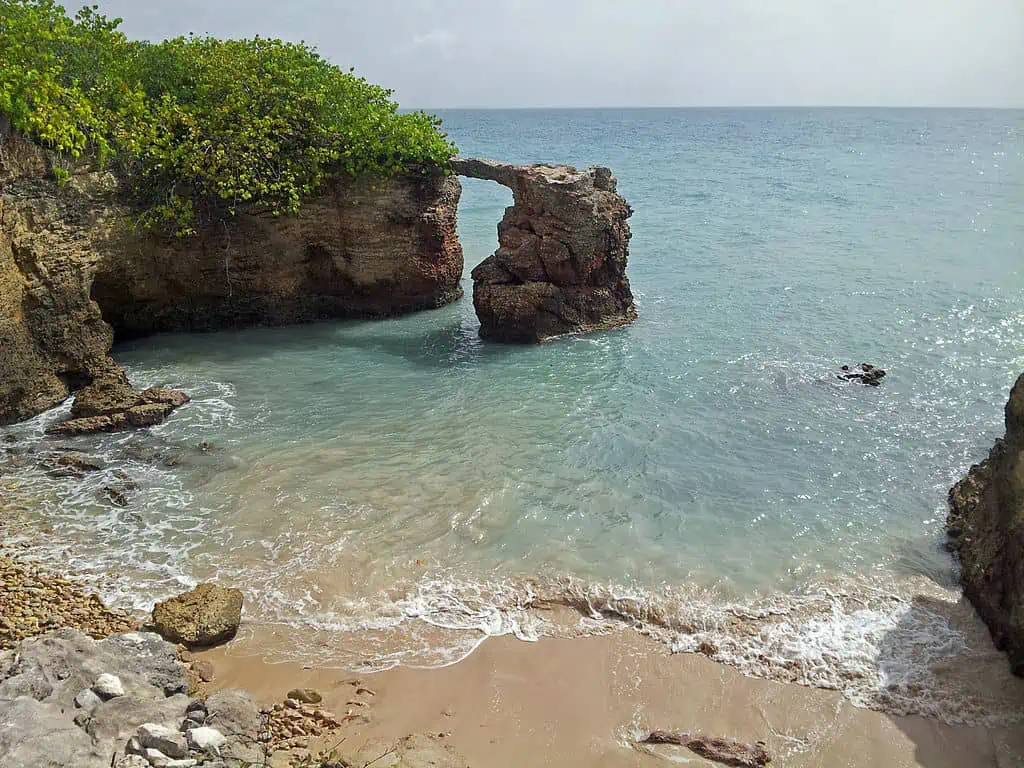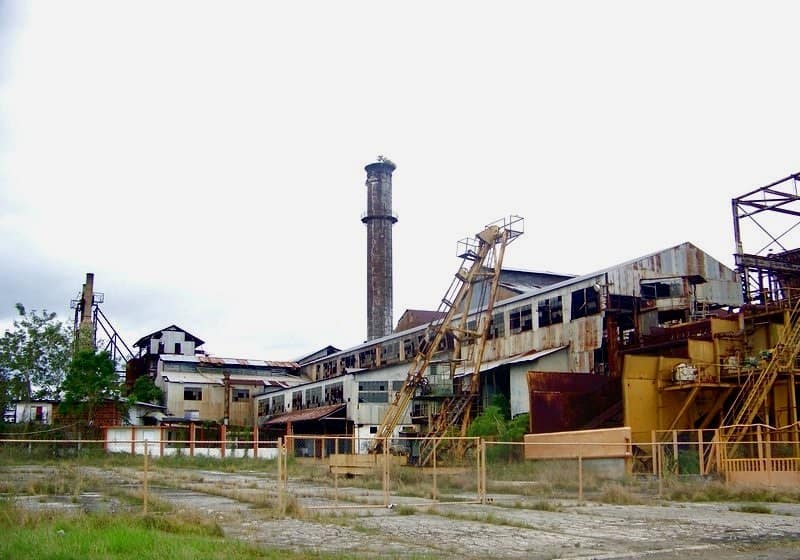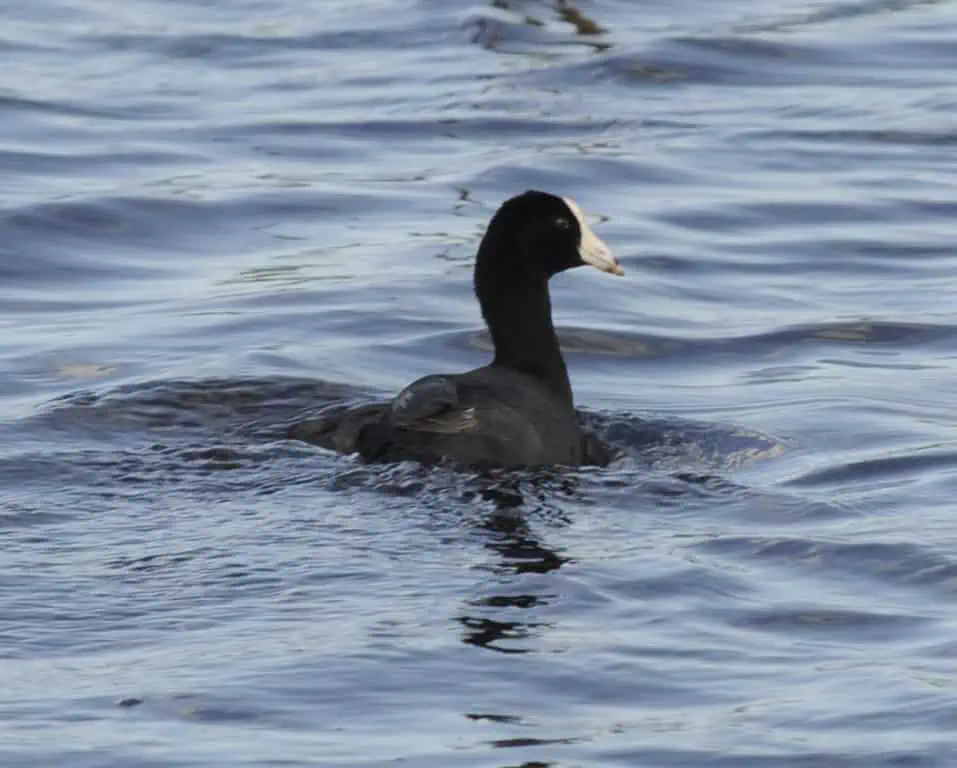
More often than not, the Caribbean island of Puerto Rico is perceived as an exotic getaway where serenity and warmth reign supreme. With clusters of beachside resorts that dot the coastline, it is often easy to forget that the Island has far more to offer than merely its tourist-infested hotels. In fact, Puerto Rico is home to myriads of hidden gems and secluded nooks which offer a much-needed respite from the otherwise crowded attractions.
On the extreme south-western tip of the island balances a precarious natural bridge named Puente de Piedra, or Natural Stone Bridge. Less than one meter wide, the bridge isn’t suited to heavy traffic, but it certainly makes a pretty sight. It frames a cove in the municipality of Cabo Rojo, located at the end of a short, rocky trail along the edge of 60-meter-tall limestone promontories.
On the way to Puente de Piedra, it is difficult to miss the historic lighthouse, Faro Los Morrillos. Built in 1882 by the Spaniards who formerly ruled the island, the lighthouse was used to guide ships through the treacherous Mona Passage from the Caribbean Sea to the Atlantic Ocean. The original illuminating apparatus, a French-manufactured lenticular lens, is still housed within the copper, iron and glass lantern today.

The cove of Puente de Piedra in Cabo Rojo
photography by: Jerjes Medina Albino/ Wikimedia Commons
Declared a historic monument in 1999, the ruins of the Coloso Sugar Cane Refinery stand as a gigantic rusty reminder of Puerto Rico’s once booming sugar industry. Located near the town of Aguada in the north-western corner of the island, it was one of the country’s longest running sugar cane refineries, and the last to close operations. It was decommissioned in 2003 after more than 180 years in service.
Beginning its life as a cattle-driven sugar mill in the 1820’s, the building was converted to a sugar refinery by a new owner in the late 1860’s. The transition to an entirely mechanized system saw production skyrocket from 100 barrels of sugar per day to up to 1,000 barrels per day. By 1952, the enterprise could process up to a whopping 5,000 tons of sugar every day.
The Puerto Rican government took over operations in the 1970’s in an effort to save the declining industry. When that didn’t work, it was passed into administration with the Institute of Puerto Rican Culture.

The derelict structure
photography by: Joe Delgado/ Wikimedia Commons
As one of the most important freshwater habitats for resident and migrating birds in Puerto Rico, Laguna Cartagena National Wildlife Refuge has historically hosted almost half of the birds recorded in the country. It is part of the Caribbean Islands Wildlife Refuge Complex, an amalgamation of many such refuges.
The wetlands, found in the south-western barrio of Boquerón, are mostly fed by rainfall runoff and are surrounded by grasslands, hills and abandoned sugar cane fields. These hills are some of the geologically oldest formations anywhere in the Caribbean, serving as a natural habitat for several species of endemic trees.
The wildlife refuge has a visitor center and several hiking trails, along which visitors might see Magnificent Frigatebirds, Smooth-billed Anis, Yellow-shouldered Blackbirds as well as several species of herons.

A Caribbean Coot swimming in the waters of Laguna Cartagena
photography by: Damián Ruiz/ Wikimedia Commons
About ten kilometers off the eastern coast of Puerto Rico is the small island of Vieques. Here, you can find a black sand beach made up of volcanic material, washed down from eruptions in nearby areas such as Monte Pirata. It has the darkest colors of the few black sand beaches in Puerto Rico. In some places, the migrating black material contrasts in dark lines against the golden sand that more closely resembles the surrounding limestone cliffs.
The beach, known locally as Playa Negrita or Playa Negra, can be reached by a short hike along a dirt road. Small orange crabs often greet visitors on arrival, standing out against the dark sand background. Strong tides mean the water isn’t always ideal for swimming, therefore making the mesmerizing sights the main appeal of this beach.

The dark-hued sand of Playa Negrita
photography by: G. Edward Johnson/ Wikimedia Commons
In the leafy northwestern hills of San Sebastian, a series of waterfalls flows along the Guatemala River. The main falls drop about 15 meters into a wide, calm plunge pool that is popular for swimming. A second upper waterfall has another swimming area complete with a rope swing, about 500 meters onwards from the first one. For intrepid hikers who wish to have a more adventurous experience, a hidden, half-submerged cave to the right of the main falls can be accessed by a short underwater swim. Take note that the amount of air in the cave fluctuates depending on water levels.
Curiously, the name Gozalandia comes from merging the Spanish word “gozar” (meaning to enjoy) and the indigenous Taino word “landia” (meaning land). It should then come as no surprise that the surrounding forest, home to the endangered Puerto Rican parrot, is indeed enjoyed by locals and visitors alike.

Cascada Gozalandia at its fullest glory
photography by: cavenaghi9/ Wikimedia Commons
The Yaucana chef who runs Viña La Gran Pastelera has become an online celebrity, amassing over 445,000 followers on her Facebook page. Viña Hernández broadcasts traditional Puerto Rican cooking videos on the platform, explaining her recipes while flocks of chickens and ducks scamper by the windows. Two of her chickens, whose eggs she uses in many of her recipes, are represented in a mosaic mural erected in her honor in the town of Yauco.
Visitors can try her famous dishes, like the Pasteles Navideños, Bacalaitos, and Tembleque, from her small roadside kiosk in the inner southwestern region of Yauco. To make things even better, sweeping views over the mountainous region complement the culinary delights.
View this post on Instagram
Hidden along the rugged cliffs on the northeastern tip of the island is “The Trench”, a tiny inlet pool protected from oncoming waves. Part of the Las Cabezas de San Juan nature reserve, La Zanja can be reached by a 5.6 kilometer in-and-out walk, a level of effort that often deters most visitors, making it a great off-the-beaten-path hike. The trail takes you along the beach, through forests and up moderate hills. A gentle scramble down ten meters of rocks brings you to the pool and adjacent shady cave.
Depending on the tides, a decent current can be present to push and pull at swimmers, although major swells are kept mostly at bay by large rocks at the mouth. Fish, snails, and crabs can be seen in the trench with snorkeling gear, while the cave provides a nice little hidey-hole to shelter and leave personal belongings.